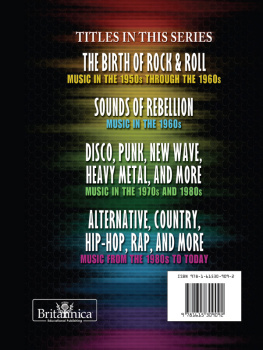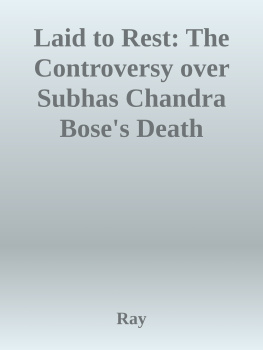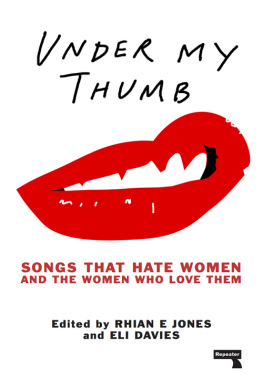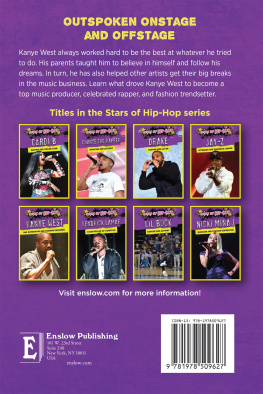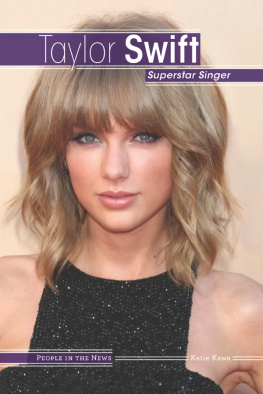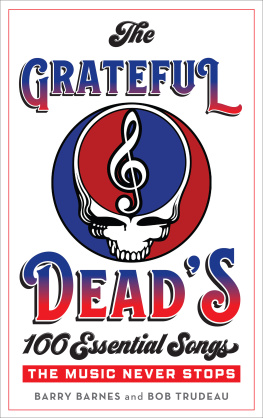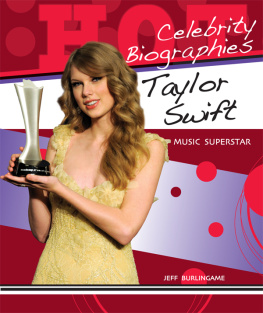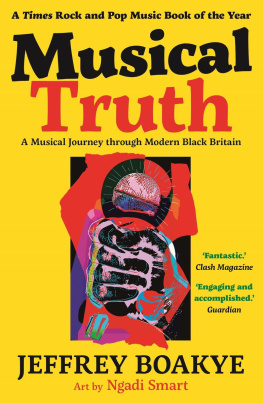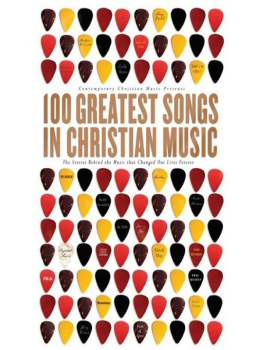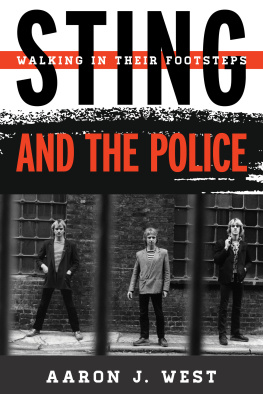

Published in 2013 by Britannica Educational Publishing
(a trademark of Encyclopdia Britannica, Inc.) in association with Rosen Educational Services, LLC
29 East 21st Street, New York, NY 10010.
Copyright 2013 Encyclopdia Britannica, Inc. Britannica, Encyclopdia Britannica, and the Thistle logo are registered trademarks of Encyclopdia Britannica, Inc. All rights reserved.
Rosen Educational Services materials copyright 2013 Rosen Educational Services, LLC. All rights reserved.
Distributed exclusively by Rosen Educational Services.
For a listing of additional Britannica Educational Publishing titles, call toll free (800) 237-9932.
First Edition
Britannica Educational Publishing
J.E. Luebering: Senior Manager
Adam Augustyn: Assistant Manager
Marilyn L. Barton: Senior Coordinator, Production Control
Steven Bosco: Director, Editorial Technologies
Lisa S. Braucher: Senior Producer and Data Editor
Yvette Charboneau: Senior Copy Editor
Kathy Nakamura: Manager, Media Acquisition
Michael Ray: Assistant Editor, Geography and Popular Culture
Rosen Educational Services
Hope Lourie Killcoyne: Executive Editor
Nelson S: Art Director
Cindy Reiman: Photography Manager
Karen Huang: Photo Researcher
Brian Garvey: Designer, Cover Design
Introduction by Michael Ray
Library of Congress Cataloging-in-Publication Data
Alternative, country, hip-hop, rap, and more: music from the 1980s to today/edited by Michael Ray.
p. cm.(Popular music through the decades)
In association with Britannica Educational Publishing, Rosen Educational Services.
Includes bibliographical references and index.
ISBN 978-1-61530-910-8 (eBook)
1. Popular music1981-1990History and criticism. 2. Popular music19912000History and criticism. 3. Popular music20012010History and criticism. I. Ray, Michael (Michael J.), 1973
ML3470.A27 2013
781.64097309048dc23
2012034012
On the cover, p. iii: American rapper and entrepreneur Jay-Z performing in New York City, November 9, 2011. Michael Stewart/Getty Images
Pages 1, 31, 46, 76, 116, 137, 153, 174, 189, 205, 216, 229, 254, 274 Ethan Miller/Getty Images (Fender Stratocaster guitar), iStockphoto.com/catrinka81 (treble clef graphic); interior background image iStockphoto.com/hepatus; back cover iStockphoto. com/Vladimir Jajin
CONTENTS
A nd I am a Material Girl. Channeling her inner Marilyn Monroe, Madonna laid claim to that title in one of the most memorable videos of the 1980s. Indeed, over the span of her three-decade career, the singer has demonstrated a remarkable command of the visual aspect of rock. Her music videos are consistently arresting and often provocative, and her concert toursfeaturing names such as Blond Ambition and Girlie Showare high-energy, multimedia affairs. Given the influence that Madonna has asserted on global popular culture, it can be difficult to remember that Material Girl was the lead track on what was just her second album. But that album, which also produced the single Like a Virgin, essentially established the Madonna brand, paving the way for her unparalleled stature in music. Lest there be any doubt about her intention to become one of the most powerful women in the entertainment industry, Madonna made her plans quite clear on American Bandstand in 1984. When host Dick Clark asked, What are your dreams? Whats left? Madonnas response was, To rule the world.
Dearly beloved, we are gathered here today to get through this thing called life. And if we amass a truly impressive collection of names while were at it, so much the better. Prince Rogers Nelson established himself as a music industry giant before spending the latter half of his career engaging in experimentation that met with varying degrees of popular and critical success. Like Madonna, his purple majesty recognized the power of imagery, appearing at the Brit Awards in 1995 with the word slave written on his face to protest an ongoing feud with his label, Warner Brothers. Once that relationship was severed, the artist formerly known as the Artist Formerly Known as Prince began exploring novel distribution methods for his material, but unlike a number of his contemporaries, he rejected the online model, stating that the Internet was completely over.
Miss Jackson if youre nasty. Almost two decades before her Super Bowl appearance added the phrase wardrobe malfunction to the popular lexicon, Janet Jackson was just beginning to emerge from the shadow of her elder siblings. With the assistance of former Prince associates Jimmy Jam and Terry Lewis, Jackson crafted a body of infectious dance hits that dominated radio and MTV playlists throughout the late 1980s. Her elaborately choreographed videos showcased dance skills that rivaled those of her moonwalking brother, and the confident sensuality that she displayed was a huge departure for those who knew her best as Penny on Good Times. In 1995 Michael and Janet Jackson recorded Scream, a song that still holds the title of most expensive video ever made, at a time when Janets pop cachet had arguably superceded her brothers. Michaels death in 2009 had a rehabilitative effect on his musical career, but by that time Janet had increasingly turned her attention to acting.
I will follow. These are the first words heard on the opening track of Boy, U2s 1980 debut album. The irony is that the band proceeded to spend the remainder of its career breaking that promise. U2 routinely reinvented its sound, drawing on disparate influences to remain innovative without alienating its core audience, daring to depart from the script of what the worlds biggest band is expected to do. Even that title was one that came in an unlikely way, with an abbreviated set that found them sandwiched between Bryan Adams and the Beach Boys in the Live Aid 1985 lineup. Originally scheduled to close with Pride (In the Name of Love), their biggest song at that point, the group instead played a 12-minute extended version of Bad, a lesser-known album track that was never released as a single. Halfway through the song, lead singer Bono jumped from the stage to pull a young woman from the crowd (she later claimed that she was being crushed, and that Bono had saved her life) and his bandmates continued to play. Folk legend Joan Baez, who had opened the Philadelphia Live Aid concert hours earlier, described the scene that followed:
She lands on her feet and is in his arms, and he dances with her. She is probably stage-struck and in shock, and her head is sweetly bent down, and for the next few seconds he is cradling her as they dance. I cant recall ever having seen anything like it in my life. It is an act, but it is not an act. It is a private moment, accepted by seventy thousand people. The dance is short, sensuous, and heartbreakingly tender.
The band initially thought that the set had been a bust, that they had missed an enormous opportunity in front of a global audience. Instead, the connection that Bono made with that fanwith all the fans at Wembley that daywas felt around the world. U2s Live Aid set is now discussed with reverence as one of the most important moments in the history of rock.


